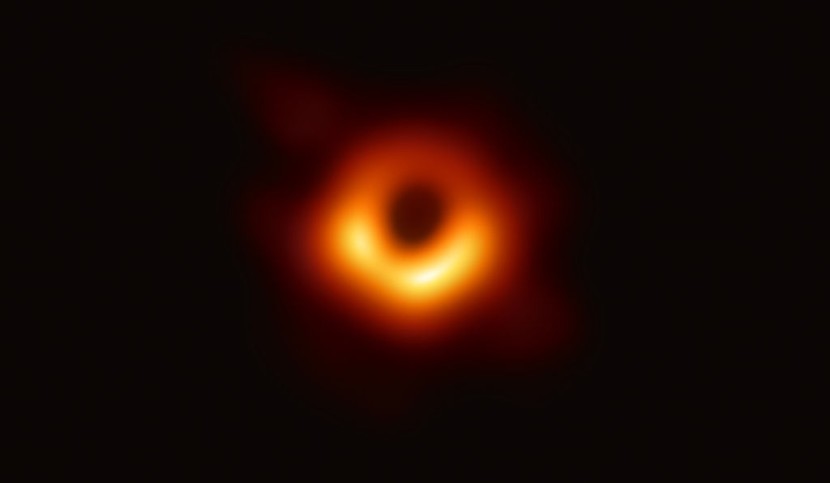
A group of researchers has discovered an ancient object from archival data stored by the Hubble Space Telescope, showing a glimpse of how quasars, which are supermassive black holes, formed at the dawn of the universe.
Quasars are surrounded by jet-spewing discs of matter and are believed to have emerged from dusty "starburst" galaxies. Scientists call the newly-discovered object GNz7q. The researchers found that the cosmic body existed when the universe was only 750 million years old, which is quite young as it was a time that occurred 13 billion years ago.
Supermassive Black Holes
It was found to be shrouded in dust, which causes the experts to remain unsure of what it actually is. However, they made speculations based on the theories of black hole formation and the sheer size of the object. They said that it is a precursor to a supermassive black hole and their study was published this week in the journal, Nature, as per Gizmodo.
Scientists said that given time, the object would grow larger and emerge from its dusty cocoon as a brilliant quasar, giving off an intense beacon of light and found within the heart of an early galaxy. Hubble's latest discovery provides yet another unique target for NASA's James Webb Telescope to study in unprecedented detail.
An astronomer at the Niels Bohr Institute of the University of Copenhagen, Seiji Fujimoto, who is the lead author of the Nature paper that detailed the discovery, explained the team's analysis of the object. He added that the properties of GNz7q across the electromagnetic spectrum were in excellent agreement with predictions from theoretical simulations.
According to SciTechDaily, scientists have struggled with the question of how supermassive black holes, which weigh millions to billions of times the mass of our Sun, get extremely large in such a short time. Fujimoto's team believes that the newly-discovered object has the potential to be a missing link between black holes and quasars.
Formation of Quasars
Fujimoto added that GNz7q connects the two rare populations and provides a new avenue for scientists to understand the rapid growth process of supermassive black holes in the early universe. The light from quasars is known to come from gas spiraling into the black hole heating up due to friction.
The study's author noted that there has been prior research that shows quasars existed within the first 700 million years after the Big Bang. However, these studies did not explain how these supermassive black holes formed so quickly after the beginning of the universe. This is where simulations were used to try and recreate the possibilities of the time.
In a statement, study co-author Gabriel Brammer, who is an associate professor at the Niels Bohr Institute, said that theorists have long predicted that quasars underwent an early phase of rapid growth. The researchers found that GNz7q churned out stars 1,600 times faster than the Milky Way does today.
The newborn stars all produce an immense amount of heat, which helps in warming the galaxy's ambient gas. This has also caused it to glow brightly in infrared wavelengths, Live Science reported.
Related Article:
NASA Hubble Image Captures Biggest Comet Ever Spotted; When Will It Get Close to Sun, Earth?
© 2025 HNGN, All rights reserved. Do not reproduce without permission.








